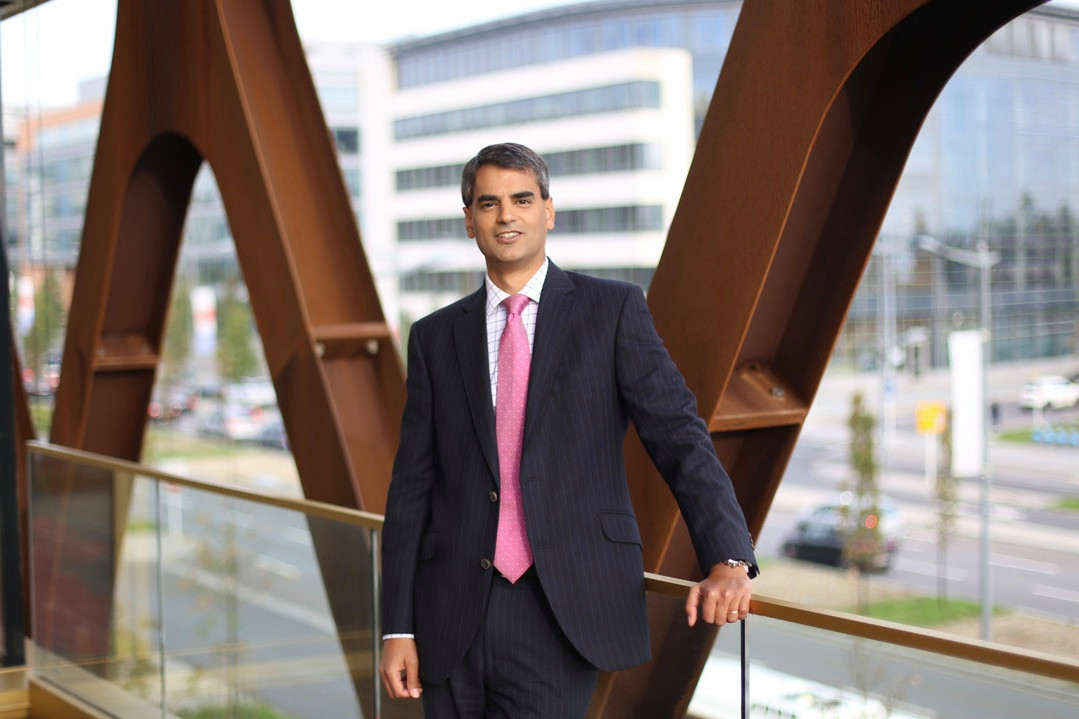The range of asset classes in real estate is growing, says KPMG Luxembourg audit partner in real estate, banking and securitisation, Michael Eichmüller de Souza. “But there’s also a blurring of the distinction between asset classes and a move away from single-use real estate,” he adds.
Despite challenges from regulators and staying fit for purpose, not to mention a “buyer-seller disparity” that may persist “until the economy stabilises a little bit”, Eichmüller de Souza anticipates the appetite for real estate funds will be “robust”, with transaction volumes improving in the second half of 2023 and into 2024.
Valuations will be impacted by higher interest rates, he adds, while there will likely be a widening gap between prime and secondary real estate. Furthermore, “new energy infrastructure and operational real estate are trending with investors, allowing them to diversify their portfolios and help the environment and society at the same time.”
ESG focus
Awareness is growing on the impact--and potential--of real estate on both the environment and society.
The built environment has been identified by the European Commission as playing a key role in the reduction of the EU’s carbon footprint, given that around 40% of the EU’s total energy consumption and around 36% of its greenhouse gases are attributed to buildings.
“This has also put pressure on banks,” the KPMG Luxembourg partner adds. “Environmental sustainability is really driving the market and putting pressure to avoid real estate obsolescence… basically doing nothing is, at the moment, one of the worst things you can do in a building, that you just rely on the rental streams, and then you’re left with a building that’s not fit for purpose anymore.”
The most attractive way to acquire prime assets is through retrofitting, be it from office to residential or from retail to mixed-use”
Occupiers are demanding “the right offices in the right place, with the right layout, etc. And I think the most attractive way to acquire prime assets is through retrofitting, be it from office to residential or from retail to mixed-use,” Eichmüller de Souza adds.
Repurposing buildings from office to residential, or retail to mixed-use, are ones he envisions will continue. Not only do basic targets need to be met, but there’s also the expectation of “less energy dependency. Buildings need to start basically generating energy that they consume themselves and [ideally] give a surplus back to the grid.”
Other trends
In addition to the retailisation of real estate investment funds, which the KPMG Luxembourg partner also anticipates will grow, “also aided by the Eltif 2.0,” technology can be a disruptor.
Eichmüller de Souza says that in discussions with clients, there are challenges on managing growth and so technology crops up time and again.
“Technology has been a disruptor when you look at real retail and office, but it is also an opportunity to automate and to enhance operational efficiency and unlock data-driven decisions.”

